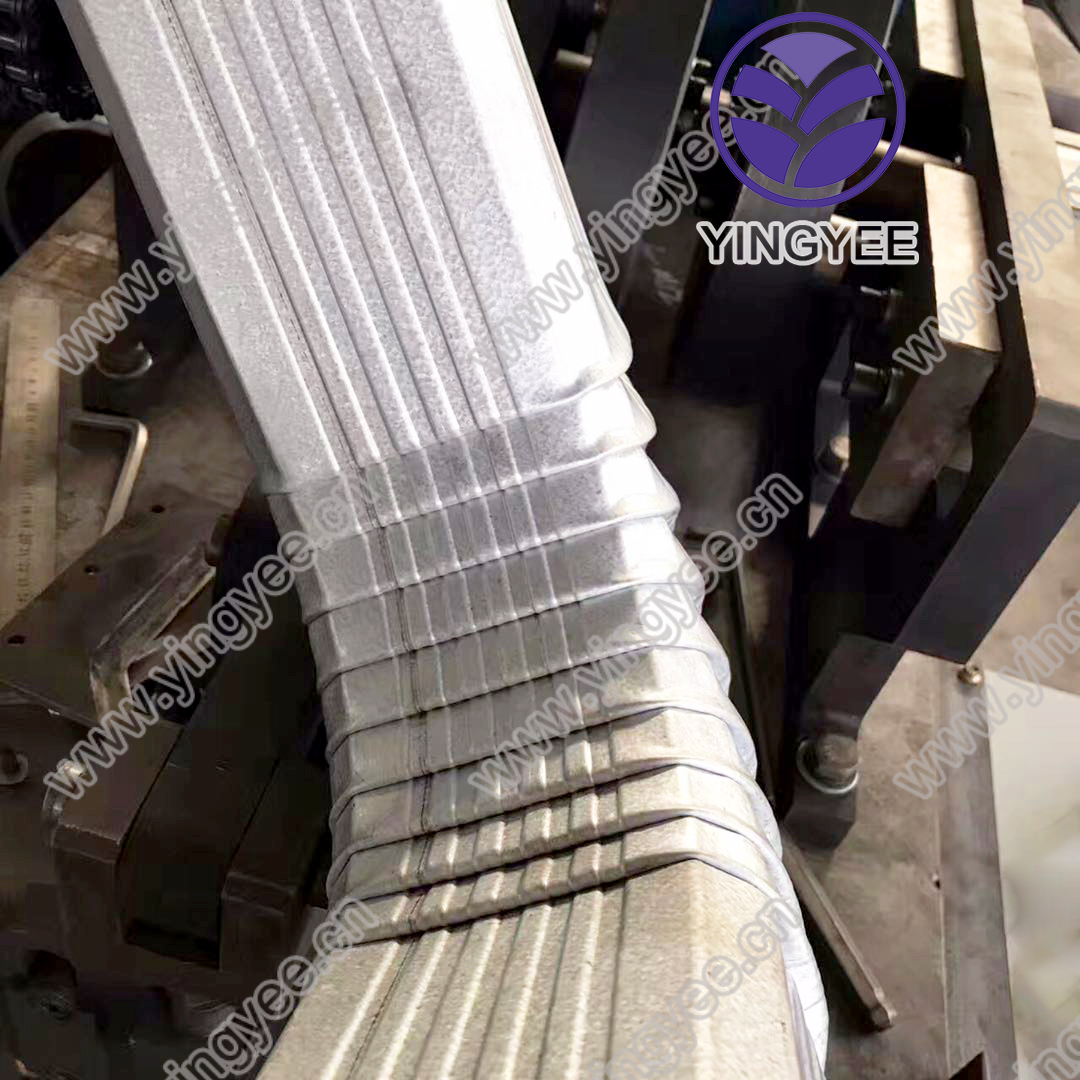
The Importance and Functionality of Plate Bending Machines
Plate bending machines play a crucial role in various industrial applications, primarily in the metalworking and fabrication sectors. With the increasing demand for complex geometries and robust components in modern engineering, these machines have gained significant importance. This article delves into the functionality, types, applications, and benefits of plate bending machines.
Overview of Plate Bending Machines
Plate bending machines, also known as plate rolling machines, are specialized tools used to bend and shape metal plates into curved forms. They are generally equipped with rollers that adjust in different ways to achieve the desired curvature. Depending on the design of the machine, operators can create cylindrical, conical, or even more complex shapes with great precision.
These machines can be operated manually, semi-automatically, or fully automatically, catering to various levels of production efficiency and control. The bending process can involve multiple passes to achieve tighter radii or specific angles, making these machines versatile for different bending operations.
Types of Plate Bending Machines
1. Three-Roller Plate Bending Machines These are the most common type used in industries due to their straightforward operation. They consist of three rollers, two of which are positioned at the bottom, while one is situated above. The plate is fed through the rollers, and as they turn, they bend the plate to the desired radius.
2. Four-Roller Plate Bending Machines This design includes an additional roller, which helps to improve the precision and consistency of the bending process. The top roller adjusts to create more controlled bends, making it ideal for working with thicker materials or more complex shapes.
3. Hydraulic Plate Bending Machines These machines utilize hydraulic power to exert pressure on the rollers, allowing for precise, powerful bending actions. They are particularly useful for heavy-duty applications and can often handle thicker materials than their mechanical counterparts.
4. Electronic Plate Bending Machines Featuring advanced control systems, these machines offer increased precision and automation. They are capable of storing numerous bending profiles, allowing for quick adjustments and consistent results across different projects.
Applications of Plate Bending Machines

Plate bending machines find applications in various industries, including
- Shipbuilding They are essential for creating hulls and other rounded components. - Construction Bending steel plates for structural frameworks, storage tanks, and piping. - Automotive Producing curved metal components for vehicle bodies and chassis. - Aerospace Crafting parts that require a high level of precision and strength. - Renewable Energy Used in the manufacturing of wind turbine towers and components.
Advantages of Using Plate Bending Machines
1. Versatility Plate bending machines can handle different material types, including steel, aluminum, and other alloys. They can also accommodate various thicknesses and sizes, making them suitable for diverse projects.
2. Efficiency Modern plate bending machines are designed for high productivity. In automated setups, they can process large quantities in a shorter time, significantly enhancing manufacturing efficiency.
3. Precision Advanced models equipped with digital controls allow for high accuracy in bending angles and radii. This precision minimizes material wastage and ensures that components fit together correctly.
4. Cost-Effectiveness By reducing the need for secondary operations such as welding or cutting, plate bending machines can lower overall production costs. Their ability to create finished parts directly from sheets optimizes the manufacturing workflow.
5. Improved Quality Consistent bending processes contribute to higher quality products. The use of these machines helps achieve uniformity in shapes and dimensions, ensuring that every piece meets the required specifications.
Conclusion
Plate bending machines are vital to contemporary manufacturing processes, enabling the production of intricately shaped components used across various industries. Their ability to combine precision, efficiency, and versatility makes them indispensable tools for engineers and fabricators alike. As technology advances, the capabilities of these machines continue to evolve, promising even greater improvements in productivity and innovation in the future. The ongoing developments in plate bending technology reflect the industry's commitment to versatility and efficiency, ensuring that manufacturers remain competitive in an ever-changing market landscape.